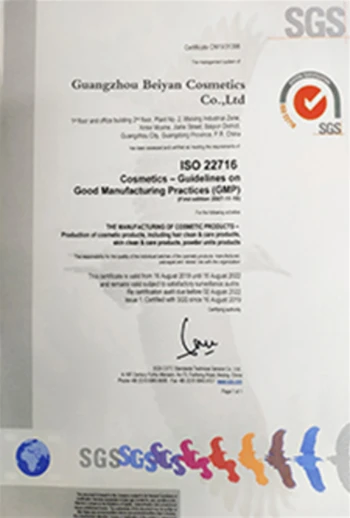



Understanding the Properties and Applications of Brown Lead Oxide in Industry
Brown Lead Oxide Properties, Applications, and Environmental Impact
Brown lead oxide, also known as lead oxide (PbO), is a crucial compound widely utilized in various industrial applications. Known for its distinctive brown color, this compound is vital in the production of lead-acid batteries, ceramics, and pigments. Understanding its properties, applications, and environmental implications is essential for industries and researchers alike.
Properties of Brown Lead Oxide
Brown lead oxide exists in multiple crystalline forms, with massicot being the most recognized. It has a hexagonal structure and is characterized by its high density, relatively high melting point, and excellent chemical stability. The compound is relatively soluble in acids, which makes it useful in various chemical reactions. Additionally, its unique optical properties enable it to be used in the development of specific optical devices.
One of the defining properties of brown lead oxide is its ability to serve as a source of lead in red and yellow pigments, contributing significantly to the art and manufacturing sectors. However, its toxic nature and potential health hazards present considerable challenges that necessitate careful handling and regulation.
Applications of Brown Lead Oxide
The most significant application of brown lead oxide is in the manufacturing of lead-acid batteries. These batteries are essential for starting engines in vehicles, providing backup power in uninterruptible power supplies, and supporting renewable energy systems. Brown lead oxide serves as the active material in the anodes of lead-acid batteries, where it plays a crucial role in the electrochemical processes that store and release energy.
In addition to battery manufacturing, brown lead oxide is used in producing glass and ceramics. Its unique thermal and optical properties enhance the durability and aesthetics of glass products. Furthermore, it serves as an important ingredient in producing pigments for paints and coatings. The compound's vibrant color adds to the palette of colors available in the coatings industry, offering visual appeal while providing protective properties.
brown lead oxide

Furthermore, the compound is employed in several chemical processes, where it acts as a catalyst or reagent. Its reactivity and stability make it a valuable asset in the development of various chemical compounds.
Environmental and Health Considerations
Despite its industrial utility, brown lead oxide poses significant environmental and health risks. Lead compounds are known neurotoxins, and exposure can lead to severe health issues, particularly in children. These can include developmental delays, cognitive impairments, and various physical ailments. The inhalation of lead dust or ingestion of lead-contaminated materials are common exposure routes that necessitate stringent safety measures in workplaces where brown lead oxide is used.
Regulatory frameworks governing the use of lead compounds have become increasingly stringent worldwide. Organizations such as the Environmental Protection Agency (EPA) in the U.S. have established guidelines to mitigate lead exposure and promote safer alternatives. Industries using brown lead oxide must adopt appropriate safety measures, such as personal protective equipment and protocol for dust control.
To address the environmental impact, recycling lead from used batteries is an effective strategy. This process reduces the demand for new lead extraction, limits waste production, and minimizes the risks associated with lead exposure.
Conclusion
Brown lead oxide remains a fundamental component in many industries, particularly in battery manufacturing and pigments. Its unique properties enable various applications, but its associated health and environmental risks cannot be overlooked. As awareness of these risks grows, industries must prioritize safer practices and consider alternative materials to mitigate the impact of brown lead oxide on human health and the environment. Continuous research and innovation are essential for creating more sustainable and responsible use of this compound in the future.
-
Why Sodium Persulfate Is Everywhere NowNewsJul.07,2025
-
Why Polyacrylamide Is in High DemandNewsJul.07,2025
-
Understanding Paint Chemicals and Their ApplicationsNewsJul.07,2025
-
Smart Use Of Mining ChemicalsNewsJul.07,2025
-
Practical Uses of Potassium MonopersulfateNewsJul.07,2025
-
Agrochemicals In Real FarmingNewsJul.07,2025
-
Sodium Chlorite Hot UsesNewsJul.01,2025










